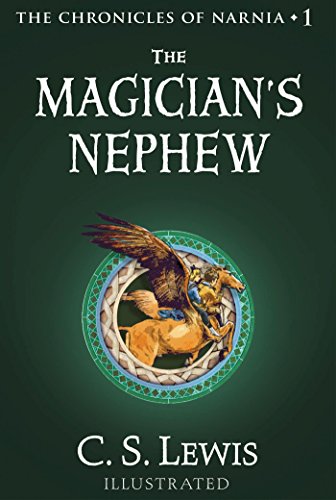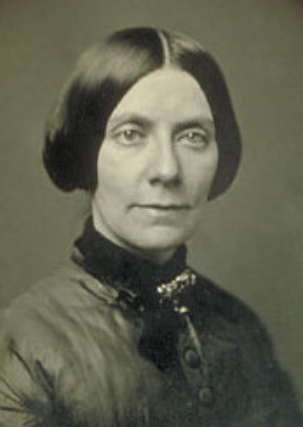She was one of America’s most successful 19th-century writers and largely forgotten, until now according to Mikaela Lefrak of dcist.com… Support our news coverage by subscribing to our Kindle Nation Daily Digest. Joining is free right now!
Emma Dorothy Eliza Nevitte Southworth was one of the most successful American writers—male or female—of the mid-19th century, outselling contemporaries like Herman Melville and Nathaniel Hawthorne. She was a mainstay of Washington’s early literary scene: She hosted Friday night salons at her Georgetown cottage, attended Lincoln’s second inaugural ball, and is even credited with encouraging Harriet Beecher Stowe to write the anti-slavery novel Uncle Tom’s Cabin.
Much of Southworth’s work was published in magazines, including her most famous work, The Hidden Hand. In that 1859 serialized novel, the protagonist Capitola Black outruns murderers, captures an outlaw, participates in a duel and marches her way through a myriad of other adventures. The story was widely translated and reprinted abroad. Southworth was also staunchly anti-slavery and feminist, in her own way. Many of her stories featured women having adventures that Southworth’s readers were often unable to experience firsthand.
Southworth was born and raised in Northeast D.C. In her early 20s, she married an inventor and moved with him to Wisconsin. She ended up back in D.C. three years later with two young children and no husband, desperate to make a living.
She began teaching at a D.C. public school at 13th and C Streets Southwest but grew frustrated with the low pay and the salary disparity between male and female teachers. She then started submitting stories to magazines and newspapers and found success.
Literature professor Ann Beebe wrote about Southworth in 2015 for the Historical Society of Washington D.C. She noted that Southworth’s exclusive contract with the “New York Ledger,” a weekly paper published in Manhattan, “would mature into one of the century’s most lucrative publishing arrangements.”
Southworth’s work remained popular after her death in 1899, but, as often happens with the work of women, it faded into obscurity as works by her male contemporaries made their way into the country’s literary canon. Zuravleff, Callaghan, and Fishburn allowed that part of the reason might be because of critics’ disdain for Southworth’s overblown language and highly improbable plot twists.
Until about a year ago, Southworth’s headstone was off its base and in disrepair. Oak Hill’s superintendent, Dave Jackson, had it cleaned and reinstalled after receiving an email from a Georgetown librarian about the author’s upcoming 200th birthday.
Read full post on dcist.com














